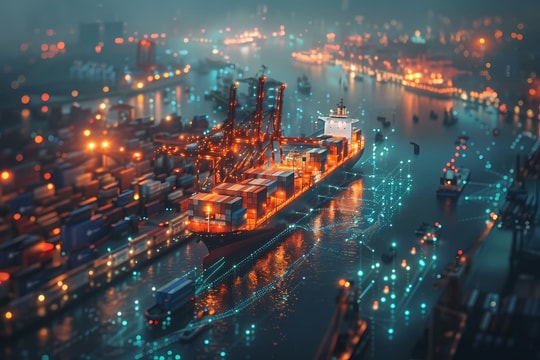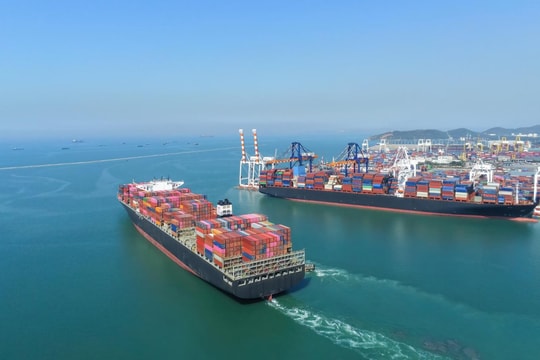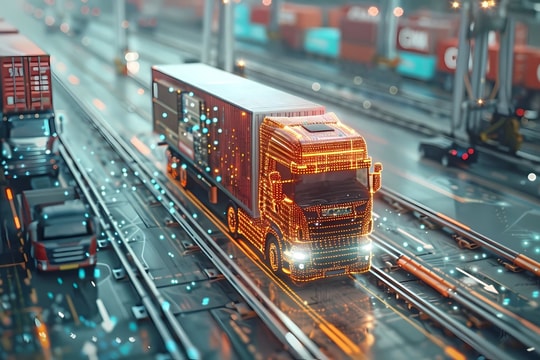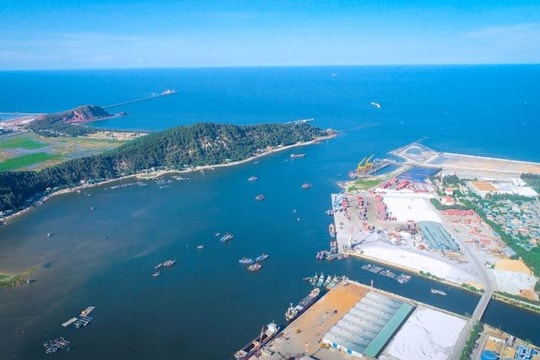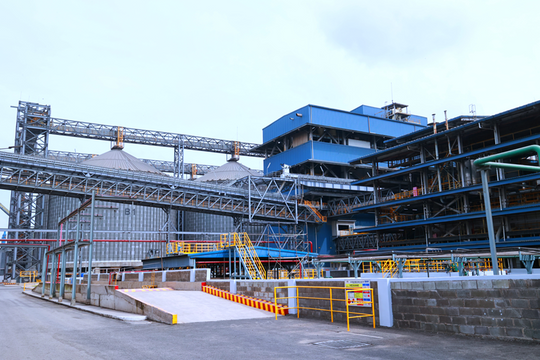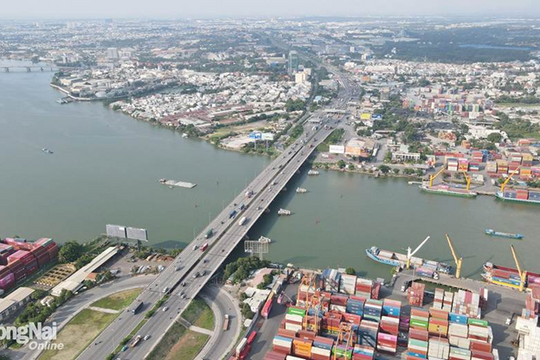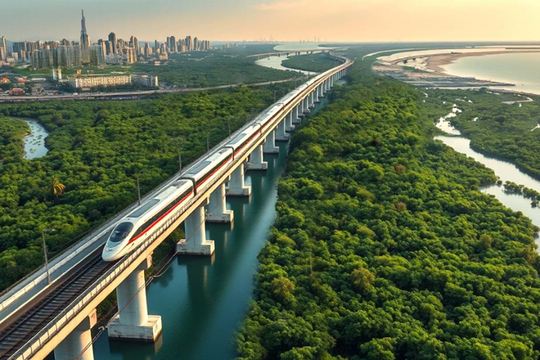Transitioning from fossil fuel-powered vessels to electric barges not only helps minimize environmental pollution but also brings significant economic benefits. These include fuel cost savings, reduced dependence on imported energy sources, and compliance with the increasingly stringent environmental standards of international markets. However, to successfully implement this transition, Vietnam must develop clear strategies for infrastructure investment, business support policies, and technological research and development.
.jpg)
.jpg)
Inland waterway transport has long played a vital role in Vietnam’s transportation and economic systems, especially in the Red River Delta and Mekong Delta regions, where dense river networks facilitate low-cost cargo transportation compared to road and rail transport. However, most waterway transport vessels still rely on fossil fuels such as diesel, causing severe environmental pollution that affects aquatic ecosystems and human health.
.jpg)
.jpg)
Beyond environmental concerns, electric barges play a crucial role in Vietnam’s sustainable economic development strategy. The adoption of clean energy enables transport businesses to cut fuel costs, mitigate the volatility of global oil prices, and enhance competitiveness when exporting goods to markets with high environmental standards such as the EU and the United States. Without a timely transition to green transport methods, Vietnamese exporters may face risks related to carbon taxes imposed by importing countries, which could increase costs and reduce profit margins.
Furthermore, the Vietnamese government has set a target of achieving net-zero emissions by 2050, as committed at the COP26 conference. In this context, the transport sector, particularly waterway transport, must actively contribute to emission reduction efforts by accelerating the transition to clean-energy-powered vessels like electric barges. This shift is not merely a trend but a necessary requirement to comply with both domestic and international environmental policies.
.jpg)
.jpg)
The use of electric barges offers substantial economic and environmental advantages, creating long-term sustainable value for businesses and society. First and foremost, switching to electric energy significantly reduces fuel costs. Estimates suggest that operating costs for electric barges can be 30-50% lower than those for diesel-powered barges, thanks to the more stable price of electricity compared to fossil fuels and the ability to utilize renewable energy sources such as solar and wind power.
Additionally, electric barges feature simpler designs with fewer moving parts, which reduces maintenance costs and extends their operational lifespan. Electric motors have higher durability compared to internal combustion engines, eliminating the need for frequent oil changes and minimizing damage caused by high temperatures or friction. This translates into significant annual maintenance cost savings for transport companies while improving fleet efficiency.
.jpg)
.jpg)
Another crucial benefit is noise pollution reduction. Traditional diesel engines generate high noise levels, negatively impacting riverbank communities and aquatic ecosystems. In contrast, electric barges operate more quietly, significantly lowering noise pollution and creating better conditions for riverside economic activities such as aquaculture and ecotourism.
Adopting electric barges also enhances corporate image in the eyes of partners and customers, especially for export-oriented companies seeking environmentally responsible logistics solutions. As green consumer trends continue to rise, businesses utilizing eco-friendly transport methods will gain a competitive advantage in the international market.
.jpg)
.jpg)
Despite the many benefits, deploying electric barges in Vietnam faces several major challenges. The first and foremost is the high initial investment cost. Currently, the production cost of an electric barge is 30-50% higher than that of a diesel barge due to the expensive lithium-ion batteries and the need for advanced manufacturing technology. This financial barrier discourages many transport businesses from making the switch.
.jpg)
.jpg)
Another challenge is the lack of charging infrastructure. For electric barges to operate efficiently, charging stations must be built along key waterway routes to ensure fast charging and adequate energy supply for long journeys. However, Vietnam currently lacks a charging station network for waterway transport, highlighting the urgent need for infrastructure investment.
Conclusion
The application of electric barges in Vietnam’s inland waterway transport is not just a trend but an inevitable step toward achieving sustainable development goals. With government support, business innovation, and community collaboration, Vietnam has the potential to build a modern, efficient, and environmentally friendly waterway transport system.


.jpg)
.jpg)
.jpg)
.jpg)
.jpg)
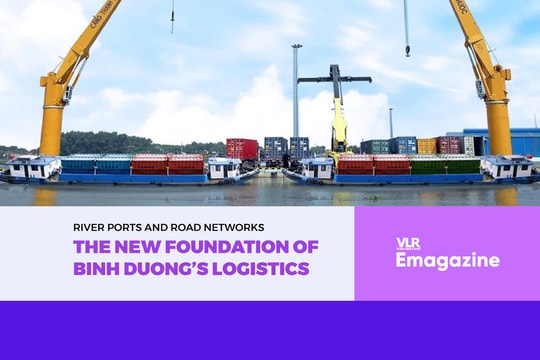

.jpg)
.png)
